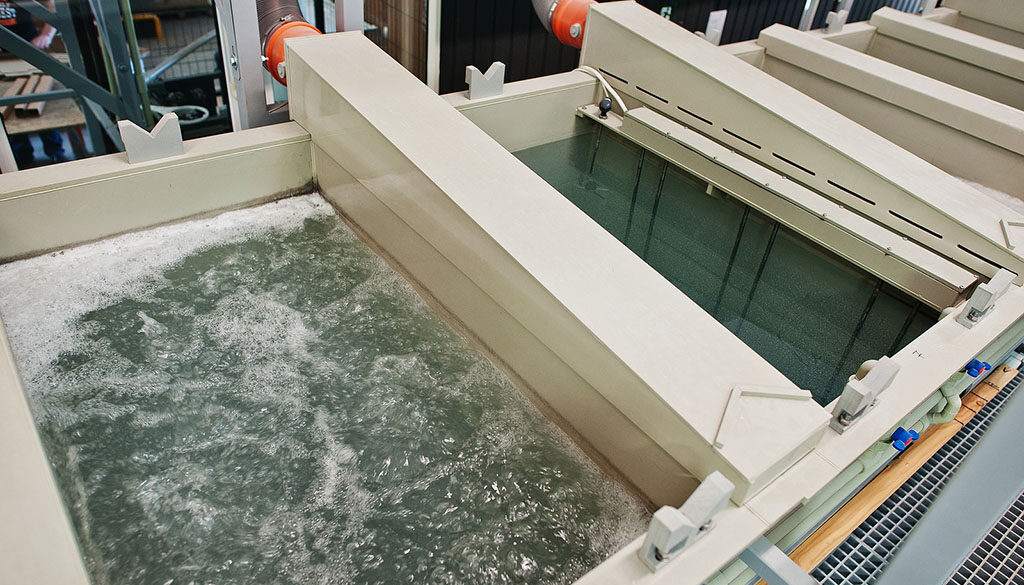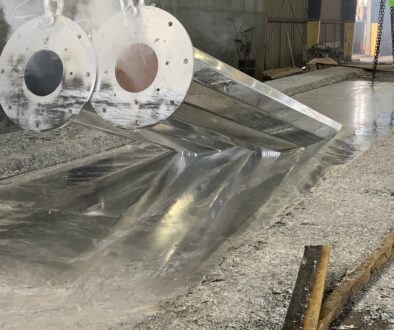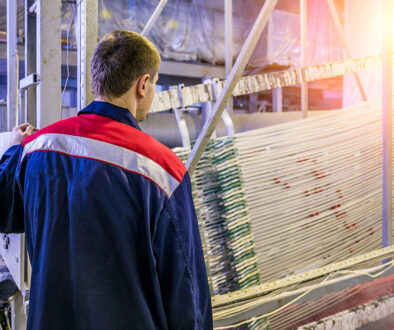What Is the Role of Pickling in Galvanizing?
Perhaps you already know that galvanizing is the best method of protecting your latest project from corrosion. But are you familiar with the details? As part of the hot-dip galvanizing process, your pieces go through a procedure called pickling. Pickling in galvanizing is vital to ensure your materials stand the test of time.
But what are the details behind pickling in galvanizing?
At South Atlantic, we don’t cut corners during hot-dip galvanizing. After all, for more than 50 years, we’ve stood by our clients with stellar customer service and solid results. When you work with South Atlantic, you don’t have to worry—we’ve got you covered. Want to learn more? It’s easy to get a quote.
Examining the Role of Pickling in Galvanizing
We’ll review some of the steps in hot-dip galvanizing to demonstrate why steel pickling is vital to your venture.
First, before galvanizing, the surface of the steel must be cleaned. If the steel is not as clean as possible, it can create problems with the protective zinc layer completely adhering to the steel. This first step in the hot-dip galvanizing process is called degreasing, and it involves using a hot alkali solution. This solution will remove organic contaminants, including:
- Water-based Paint
- Grease
- Oil
- Dirt
But degreasing is only part of the preparation: We also have to use sandblasting or other techniques to remove any vinyls, asphalt or epoxies.
Pickling in Galvanizing: Ensuring the Quality of Your Product
Once these main contaminants have been removed, the steel is still not clean enough to continue to the hot molten zinc bath. Remember: For a quality galvanized product, the steel needs to be cleaned to “base metal.” Any areas that are not perfectly clean will result in the zinc not adhering to the steel.
In addition, while degreasing removes several contaminants, there can still be iron oxide (sometimes referred to as mill scale). This needs to be removed before the process continues. Failure to do so would mean that the protective layer of zinc oxide won’t adhere in a manner that offers the best corrosion protection (i.e. – it won’t allow the metallurgical bonding to take place between the zinc and the steel.)
Acid pickling removes this iron oxide, rust and other impurities.
The Key to Achieving the Best Coating
In order to get the best coating, we want the steel to come to us as “clean” as possible in the beginning so that degreasing, pickling and galvanizing run smoothly to give you the kind of quality you’ve come to expect from South Atlantic.
In addition, it’s important to note that some things will not come clean in the pickling process. This includes:
- Oil-Based Paints
- Lacquers
- Oil-Based Crayons or Markers
Pickling in Galvanizing: Why It’s Crucial For Your Project
Pickling is a critical step that can’t be overlooked when examining the importance of hot-dip galvanizing. To ensure your success, the entire process must be meticulously completed for you to receive the best quality.
Pickling is Only Part of the Picture: For Top Quality, Explore How South Atlantic Has You Covered
At South Atlantic, our rigorous quality control process meets convenient on-time delivery to give you not only a quality product but one that arrives with no hidden surcharges.
We’ve built our business on excellence, and that’s why we’re the Southeast’s leading galvanizer, trusted by national brands for 50 years. Ready to get started? Just contact us for a quote to see how we’ve got you covered.





